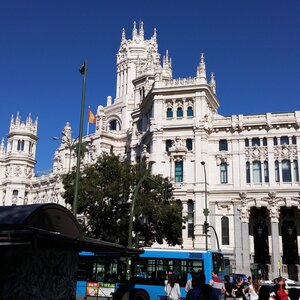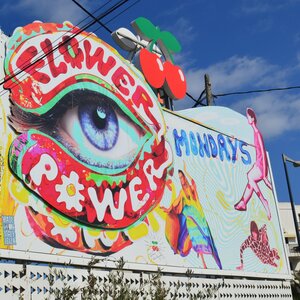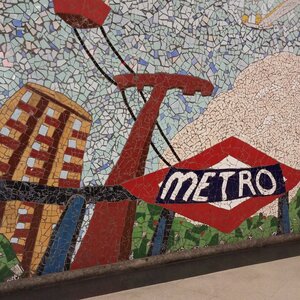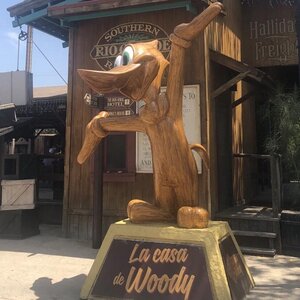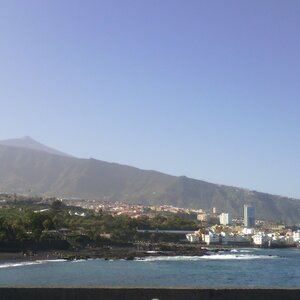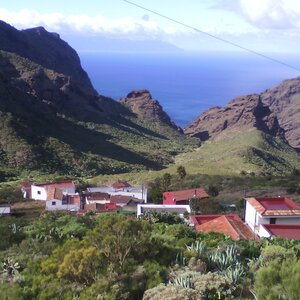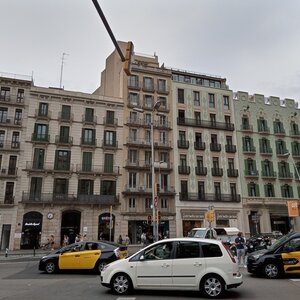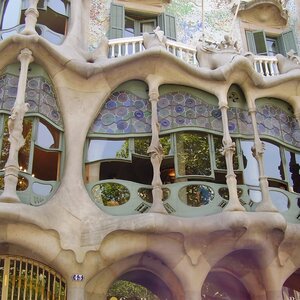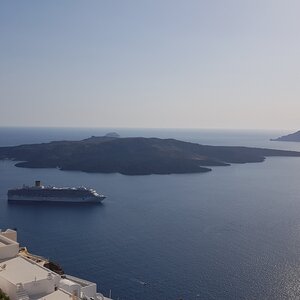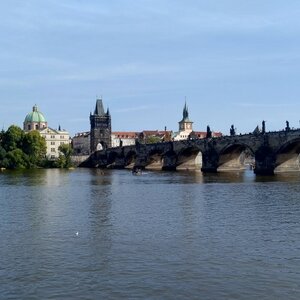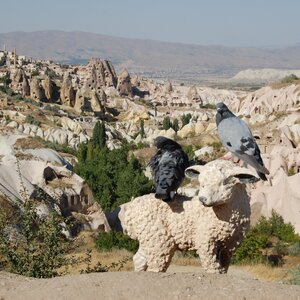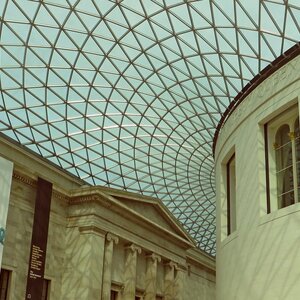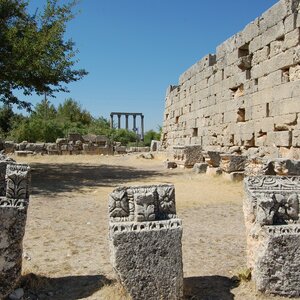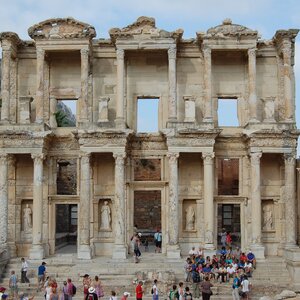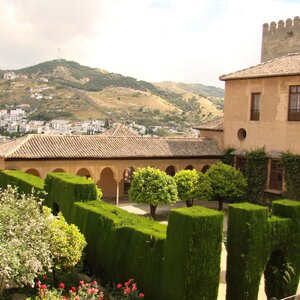How to celebrate Easter in Seville
Holy Week is the most solemn and colorful, but the whole period of Lent is full of religious events and processions. To the uninitiated tourist it seems that Andalusians are enjoying themselves, but in fact all these events are very serious for the locals. This is evident even in the clothing of the participants: the spectators come in solid suits, while the processionists wear the uniforms of their fraternities.
Seville starts preparing for Easter in advance. Right after Christmas, figurines and figures resembling members of the Ku Klux Klan appear all over the city. Small ones are sold in souvenir stores, chocolate or caramel ones in candy stores, and sometimes you can find full adult costumes. I have even seen such candle holders.

These are thenazarenes, or «penitent sinners»: they are the participants in the Easter procession, who walk through the city and publicly repent of their sins. The capirote caps covering the face are necessary for anonymity, and their pointed shape is meant to lift the prayer as high as possible into the sky.
Nazareños are sold all over the city, but the Alcaiceria de la Loza is where the most stores are concentrated. The cap is customized right in front of the customer.
Tourists associate these costumes with the clan, but they have nothing to do with it. And the reaction of tourists is irritating to the locals — who would like to be told several times a day that «this is not the Ku Klux Klan, but a Spanish tradition»?

Easter processions
The tradition of processions is believed to have originated with the first Christian preachers in the land. They carried figures and images to tell the story of Christ and his sufferings to the pagans. New converts joined these processions: they accompanied the preachers and repented of their sins. Later these parades were regularized and limited to the Lenten season.
Holy Week is the culmination of Lent. During this week there are several dozen processions in Seville. To a tourist they seem the same, but each one is unique and conducted by a separate brotherhood: 36 people, hiding under a veil, carry on their shoulders wagons with human-sized images of the Virgin Mary or Jesus. No cart is the same as another: they represent different situations, with different meanings, and the brotherhood keeps them all year long and decorates them for the feast.
- Each procession has its own route — it is published in advance by the local media, and special Semana Santa apps help you build a route around the city so that you can see the different processions. You can ask about it at the tourist office. You should take your seats along the route in the morning, and the best view is from balconies and terraces along the procession. The most interesting and spectacular moment of the procession is when the figures are taken out of the church.
- Processions take place throughout Easter week, except on Easter Sunday itself. The processions start from the churches at noon and travel through the city for several hours. The culmination is Good Friday: the processions start at midnight and travel through the city all night, ending early in the morning at the cathedral.
- Thursday of Easter week is a day of mourning: local women wear black, and it is considered disrespectful for tourists to wear t-shirts and shorts.
- Holy Thursday and Good Friday are weekends in Andalusia. Stores and most restaurants are closed.
When Semana Santa takes place
Semana Santa lasts from Palm Sunday (analogous to Palm Sunday) until Great Saturday. There are no religious processions on Easter Sunday itself.
Semana Santa dates in Spain:
| 2020: | April 5-April 11. |
| 2021: | March 29-April 3 |
| 2022: | April 10-April 16 |
| 2023: | April 2-April 8 |
| 2024: | March 24-March 30 |
What to try during Easter week in Andalusia
Since Holy Week falls at the end of Lent, traditional meals do not contain meat. But they do contain fish and seafood. This is why there are a lot of seasonal seafood offerings in restaurants at this time.
Before Easter, you can try some of the local sweets: torrija , egg-soaked croutons soaked in wine or milk, fried, sweetened with sugar and sprinkled with cinnamon; and pestiño, a fried, honey-glazed pastry. At other times, these desserts are almost impossible to find.
In all pastry shops, almost immediately after the new year, edible «nazarenos» appear: caramel, chocolate, gingerbread — in sizes ranging from a small lollipop to a 30-centimeter figure.


Where to stay for Easter
From Holy Thursday to Easter Sunday, traffic in the city center stops and there are solemn processions in the afternoon. If you’re going shopping, do it before lunch, and if you want to watch the processions, the question of «where to live» becomes more important than ever in Seville.
Processions take place in all districts of the city, but the most colorful ones are in the center, by the cathedral. Considering that ground transportation will be blocked, it is worth staying either in the historic center itself and walking distance from it, or near any station of Seville’s only metro line.
I recommend two inexpensive hotels within a 10 minute walk of the Cathedral and Alcazar that I have stayed in myself.
Boutike Hostel
A small hotel on 3 floors with a roof terrace and good views — we had tea here in the evening overlooking the Giralda and a few other city belfries.
Rooms for two at the Boutike Hostel are decent sized, freshly renovated and have private bathrooms from 70 €. The price includes a good breakfast with freshly baked waffles and 24-hour access to tea and coffee. There is always something for tea in the kitchen during the day: muffins, waffles, cookies, muffins. You can use the refrigerator. And when you check in, you’ll be treated to a well-crafted beer, which is especially nice when the famous Seville heat is already blazing outside.
From the hotel it is a 5 minute walk to the «mushrooms of Seville», 10—15 minutes to the cathedral and 20 minutes to the central train station.


Santiago 15 Casa Palacio
Santiago 15 Casa Palacio is a small boutique hotel set in a historic building with a spacious Andalusian courtyard. Tea and coffee are available for free on the patio until 22:00. Here our room also overlooked the terrace.
Rooms cost from 45 € (without breakfast). I recommend booking breakfast immediately on bookings: in the hotel it costs 12 € per person.
This hotel is 5 minutes closer to the train station, and therefore a little further from the center.





